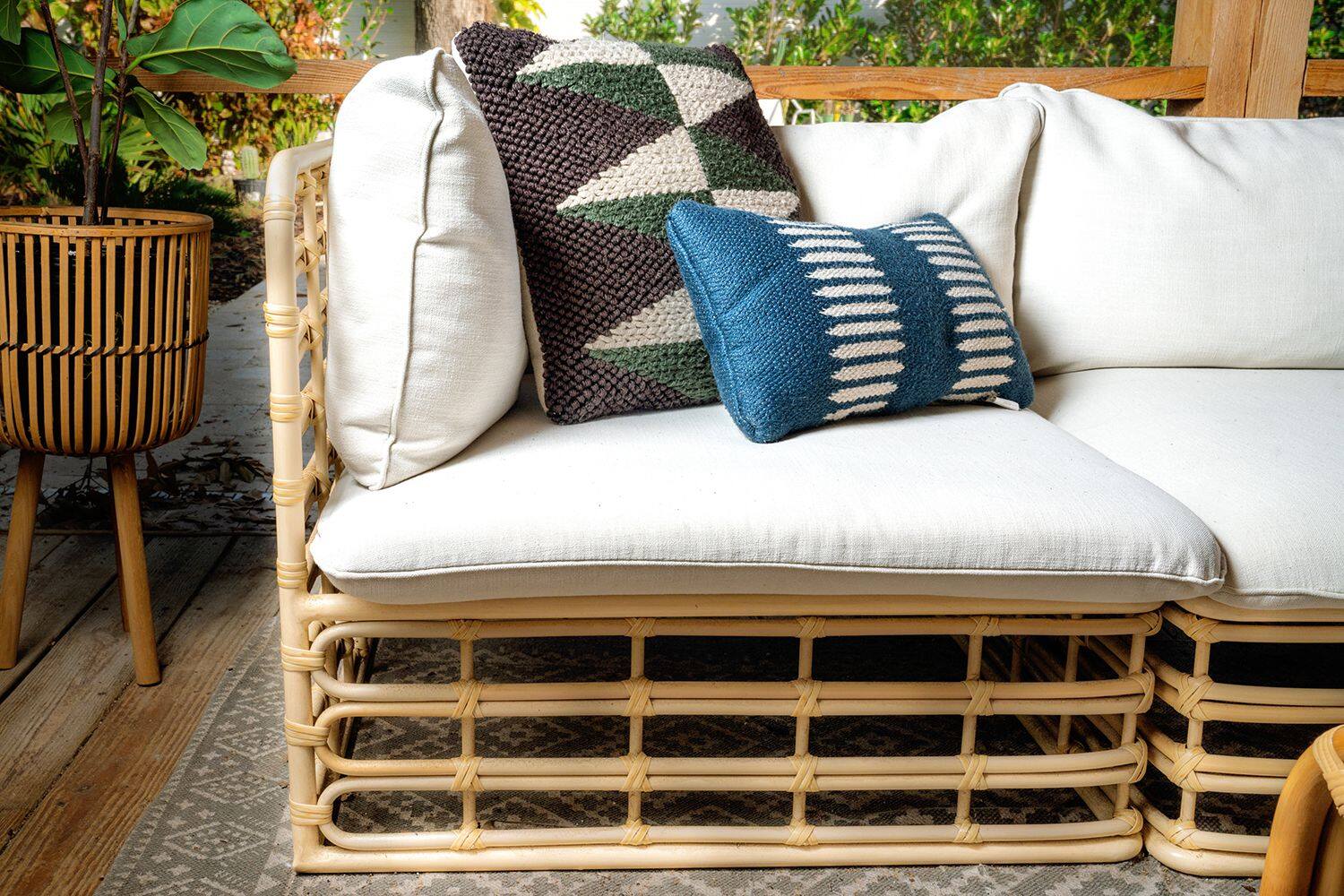

Articles
How To Store Furniture Outside
Modified: January 18, 2024
Learn the best ways to store furniture outside with our informative articles. Protect your outdoor furniture from damage and maximize its lifespan.
(Many of the links in this article redirect to a specific reviewed product. Your purchase of these products through affiliate links helps to generate commission for Storables.com, at no extra cost. Learn more)
Introduction
When the warmer months roll around, there’s nothing quite like enjoying the great outdoors. Whether it’s lounging on your patio, hosting barbecues, or simply basking in the sun, outdoor furniture serves as the perfect companion to enhance your outdoor living space. However, when the season comes to a close or when you’re facing inclement weather, it’s essential to store your furniture properly to ensure its longevity and keep it looking its best.
Storing furniture outside requires careful consideration and preparation to protect it from the elements and prevent damage or deterioration. With the right storage solutions and practices, you can maintain the quality and appearance of your outdoor furniture, prolonging its lifespan and saving you from costly replacements.
In this article, we will walk you through the process of storing furniture outside effectively. You will learn about choosing the right outdoor storage solution, how to prepare your furniture for storage, the importance of properly covering your furniture, and whether it should be stored in a covered or uncovered area. Furthermore, we will touch on the maintenance and cleaning routines required to keep your outdoor furniture in top shape.
By following the guidelines and tips provided in this article, you can have peace of mind knowing that your furniture will be protected during periods of non-use or harsh weather conditions. So, let’s dive in and explore the best practices for storing furniture outside!
Key Takeaways:
- Properly storing outdoor furniture is crucial for its longevity. Choose the right storage solution, prepare furniture adequately, and cover it for protection to safeguard against the elements and ensure years of use.
- Regular maintenance and cleaning are essential for preserving outdoor furniture. Follow manufacturer’s guidelines, clean regularly, address stains and rust, and store cushions properly to maintain the furniture’s appearance and functionality.
Choosing the Right Outdoor Storage Solution
When it comes to storing your outdoor furniture, having the right storage solution is crucial. The ideal storage solution will protect your furniture from the elements, such as rain, snow, UV rays, and extreme temperatures, while keeping it easily accessible for future use. Here are a few options to consider:
- Patio Furniture Covers: Patio furniture covers are a popular choice for protecting your outdoor furniture. They come in various sizes and are designed to fit different types of furniture, including tables, chairs, loungers, and sofas. Look for covers made from durable materials, such as polyester, that are waterproof and provide UV protection. Ensure they have ties or straps to secure them tightly around your furniture to prevent them from being blown away by strong winds.
- Storage Sheds: If you have ample outdoor space, investing in a storage shed can be an excellent solution for storing your furniture. Look for a shed made from sturdy materials, such as wood, metal, or plastic, that is weather-resistant and offers adequate ventilation. Ensure the shed has lockable doors to keep your furniture secure and protected from theft.
- Garage or Basement: If you have the space available, storing your furniture in a garage or basement can provide excellent protection. These areas are typically insulated, which helps regulate temperature and prevent extreme fluctuations that can damage your furniture. However, be cautious of potential leaks or dampness in these areas and address them before storing your furniture.
- Storage Units: If you don’t have enough space at home or you live in an area with harsh weather conditions, renting a storage unit might be a viable option. Look for climate-controlled units that maintain a consistent temperature and humidity level. This will prevent your furniture from experiencing extreme temperature changes that can lead to warping, cracking, or mold growth.
Consider your specific needs, available space, and budget when deciding on the right storage solution for your outdoor furniture. Evaluate the pros and cons of each option to make an informed decision that will ensure the longevity and protection of your furniture.
Preparing Furniture for Outdoor Storage
Before you store your outdoor furniture, it’s essential to prepare it properly to minimize the risk of damage and keep it in good condition. Here are some steps to follow when preparing your furniture for storage:
- Clean Thoroughly: Start by giving your furniture a thorough cleaning. Remove any dirt, dust, or debris using a mild soap and water solution. For stubborn stains, consider using a specialized cleaner suitable for the material of your furniture. Rinse well and allow it to dry completely before proceeding.
- Remove Cushions and Fabrics: If your outdoor furniture has cushions or fabric covers, remove them before storing. Inspect them for any signs of mold, mildew, or damage. Clean or replace them as necessary, ensuring they are completely dry before storing separately in a dry location.
- Disassemble if Possible: If your furniture is designed to be disassembled, such as folding chairs or tables, dismantle them to save space and prevent any strain or damage during storage. Keep all the hardware and small parts in a labeled bag to ensure they don’t get lost.
- Treat Wood Furniture: If you have wooden outdoor furniture, it’s crucial to treat it with a protective sealant or oil before storage. This will help to prevent moisture absorption and protect the wood from warping or splitting. Follow the manufacturer’s instructions for the appropriate treatment for your specific type of wood.
- Inspect for Damage: Take the time to inspect your furniture for any signs of damage or wear and tear. Look for loose screws or bolts, cracked or peeling paint, or any other issues that need to be addressed before storage. Make the necessary repairs or replacements to ensure your furniture is in good condition.
By following these steps, you will ensure that your furniture is clean, dry, and well-prepared for storage. Taking the time to prepare your furniture properly will help to prevent damage and maintain its quality, ensuring that it remains in excellent condition for future use.
Properly Covering Furniture for Protection
Covering your outdoor furniture is an important step in protecting it from the elements and preventing damage during storage. Here are some tips on how to properly cover your furniture:
- Choose the Right Size Cover: Ensure that the cover you choose fits your furniture properly. It should be large enough to cover the entire piece without being too loose or too tight. This will provide optimal protection and prevent wind or moisture from getting underneath the cover.
- Waterproof and UV-Resistant Material: Look for covers made from waterproof and UV-resistant materials to provide maximum protection. These materials will shield your furniture from rain, snow, and harmful UV rays, preventing rust, fading, and other damage.
- Secure the Cover: Make sure the cover has ties, straps, or elastic cords that allow you to secure it tightly around your furniture. This will prevent it from being blown away by strong winds and ensures maximum coverage and protection.
- Protective Features: Some covers come with additional features to enhance protection, such as built-in vents to prevent moisture buildup, buckles or drawstrings for a snug fit, and reinforced corners for added durability. Consider these features when choosing a cover for your outdoor furniture.
- Remove Standing Water: After rainfall or snowfall, make sure to remove any standing water from the top of the cover. This will prevent water from seeping through and causing damage to your furniture.
When covering your furniture, it’s also important to pay attention to individual pieces. If you have a round table, for example, consider getting a cover specifically designed for round tables. This will ensure a better fit and provide optimal protection.
Remember to regularly inspect the cover for any signs of wear and tear. If the cover becomes damaged or no longer provides adequate protection, replace it with a new one to ensure your furniture remains shielded during storage.
By properly covering your outdoor furniture, you will safeguard it from the elements, minimize the risk of damage, and keep it in excellent condition for future use.
Cover your outdoor furniture with waterproof and UV-resistant covers when not in use to protect it from the elements and prolong its lifespan.
Storing Furniture in a Covered Area
Storing your outdoor furniture in a covered area provides an extra layer of protection against the elements. If you have a covered patio, a storage shed, or a garage, here are some tips to effectively store your furniture:
- Clean and Prep: Before storing your furniture, ensure it is thoroughly cleaned and prepared as mentioned earlier. This will prevent dirt, debris, or any potential damage from being trapped during storage.
- Arrange for Adequate Space: Make sure you have enough space to store all your furniture comfortably. Arrange the pieces in a way that minimizes contact between them to prevent scratches or damage.
- Elevate Furniture: Whenever possible, elevate your furniture off the ground to help protect it from moisture, pests, and potential damage. You can use pallets, blocks, or furniture risers to lift the furniture.
- Protect From Moisture: Even in a covered area, moisture can still be a concern. Place moisture-absorbing products, such as silica gel packets or moisture-absorbing crystals, near your furniture, especially if humidity is an issue in your area.
- Use Furniture Covers: Although stored in a covered area, it’s still a good idea to use furniture covers. This additional layer of protection will keep your furniture clean and prevent any dust or debris from settling on it.
- Regularly Inspect: Periodically check on your furniture while it’s in storage. Look for any signs of damage, pests, or moisture accumulation. Address any issues promptly to avoid further problems.
Storing your furniture in a covered area offers better protection against the elements. However, it’s still crucial to monitor the conditions and address any potential issues to ensure your furniture remains in optimal condition until you’re ready to use it again.
Read more: How To Store A Motorcycle Outside
Storing Furniture in an Uncovered Area
If you don’t have access to a covered space, storing your outdoor furniture in an uncovered area is still possible with some additional precautions. Follow these tips to store your furniture effectively in an uncovered area:
- Choose Durable Materials: When purchasing outdoor furniture specifically for storage in an uncovered area, opt for materials that are known for their durability and resistance to the elements. Materials like teak, wrought iron, or aluminum are good choices as they can withstand exposure to rain, sun, and other weather conditions.
- Apply Protective Coatings: Before storing your furniture, apply a protective coating to provide an extra barrier against moisture and UV rays. Use a protective sealant or paint appropriate for the material of your furniture to help prevent rust, fading, and other forms of damage.
- Properly Position Furniture: Place your furniture in a strategic position in the uncovered area. Avoid placing it directly on the ground where it can be exposed to water pooling or moisture accumulation. Instead, position it on a slope or slightly elevated area to allow for better drainage.
- Cover with Waterproof Tarps: While your furniture is already in an uncovered area, it’s still beneficial to cover it with waterproof tarps during periods of heavy rain or extreme weather. This additional layer of protection will help prevent excess moisture from seeping into the furniture.
- Regularly Check and Maintain: Make it a habit to check on your furniture regularly. Inspect for any signs of damage, mold, or mildew growth. Clean your furniture as needed and make any necessary repairs to avoid further deterioration.
- Consider Cushion Storage: If your furniture has cushions, consider storing them separately in a dry and covered space during long periods of non-use. This will help to prevent mold or mildew from forming on the cushions due to prolonged exposure to rain or humidity.
While storing your furniture in an uncovered area poses more risk compared to a covered space, taking these precautions can help to minimize potential damage and ensure the longevity of your outdoor furniture. Regular maintenance and prompt action in addressing any issues will go a long way in keeping your furniture in good condition until the next outdoor season.
Maintaining and Cleaning Outdoor Furniture
Proper maintenance and regular cleaning are essential for keeping your outdoor furniture looking its best and extending its lifespan. Here are some tips for maintaining and cleaning your outdoor furniture:
- Follow Manufacturer’s Guidelines: Always refer to the manufacturer’s instructions for specific cleaning and maintenance recommendations for your furniture. Different materials may require different cleaning methods or products.
- Regularly Dust and Remove Debris: Use a soft brush or cloth to regularly remove dust, dirt, leaves, and other debris from your furniture. This prevents buildup and reduces the risk of scratches or damage.
- Wash with Mild Soap and Water: For general cleaning, mix a mild soap, such as dish soap or gentle detergent, with water. Use a sponge or soft brush to scrub the furniture, then rinse thoroughly with water. Avoid using abrasive cleaners or brushes that can scratch or damage the surface of your furniture.
- Remove Stains Promptly: If you notice any stains on your furniture, treat them as soon as possible. Use a mild stain remover or a paste made from a mixture of baking soda and water. Apply the solution to the stained area, gently scrub, and rinse thoroughly.
- Address Rust Spots: If you have metal furniture, keep an eye out for any rust spots. Use a wire brush or sandpaper to remove the rust, then apply a primer and paint specifically formulated for outdoor use to prevent further rusting.
- Protect from Sun Damage: Exposure to the sun’s UV rays can cause fading and deterioration of your furniture. When not in use, consider using protective covers or moving your furniture to a shaded area to minimize sun exposure.
- Store Cushions Properly: If your furniture has cushions, store them in a dry and covered space when not in use. This helps to prevent mold, mildew, and fading due to prolonged exposure to the elements.
- Perform Seasonal Maintenance: At the beginning and end of each outdoor season, perform a thorough inspection and maintenance routine. Check for loose screws or bolts, repair any damage, and apply any necessary treatments or coatings to protect your furniture.
By following these maintenance and cleaning tips, you can keep your outdoor furniture in excellent condition, ensuring that it remains beautiful and functional for years to come. Remember to stay consistent with your maintenance routine to avoid any major issues and enjoy your outdoor furniture to the fullest.
Conclusion
Storing your outdoor furniture properly is essential for maintaining its quality, protecting it from the elements, and ensuring it lasts for years to come. By choosing the right storage solution, preparing your furniture adequately, and covering it for protection, you can safeguard it from rain, snow, UV rays, and other potential damages.
If you have the luxury of a covered area, such as a patio, storage shed, or garage, utilize it to provide optimal protection for your furniture. Follow the recommended steps for arranging and storing your furniture, ensuring it remains elevated and protected from moisture.
In the absence of a covered area, take extra precautions when storing your furniture in an uncovered area. Choose durable materials, apply protective coatings, and cover your furniture with waterproof tarps during inclement weather.
Regular maintenance and cleaning are crucial for keeping your outdoor furniture in the best condition. Dusting, regular cleaning with mild soap and water, and prompt removal of stains help preserve the appearance and longevity of your furniture.
Remember, always refer to the manufacturer’s guidelines for specific care instructions for your furniture. By following these guidelines and implementing the tips provided in this article, you can enjoy your outdoor furniture for many seasons to come.
So, take the time to properly store and maintain your outdoor furniture. Your investment will be protected, and you’ll be able to enjoy its comfort and beauty for years to come in your outdoor living space.
Frequently Asked Questions about How To Store Furniture Outside
Was this page helpful?
At Storables.com, we guarantee accurate and reliable information. Our content, validated by Expert Board Contributors, is crafted following stringent Editorial Policies. We're committed to providing you with well-researched, expert-backed insights for all your informational needs.
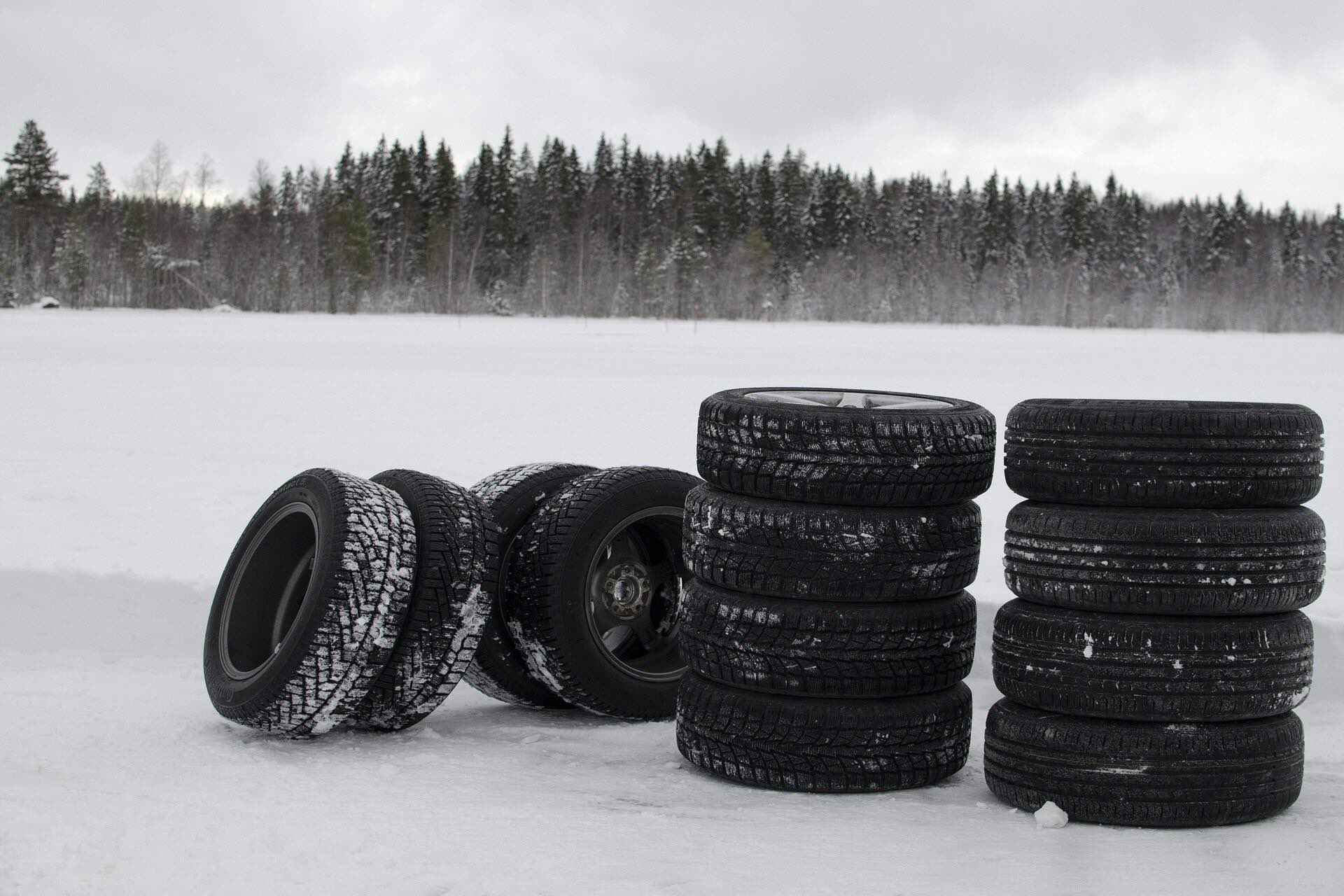
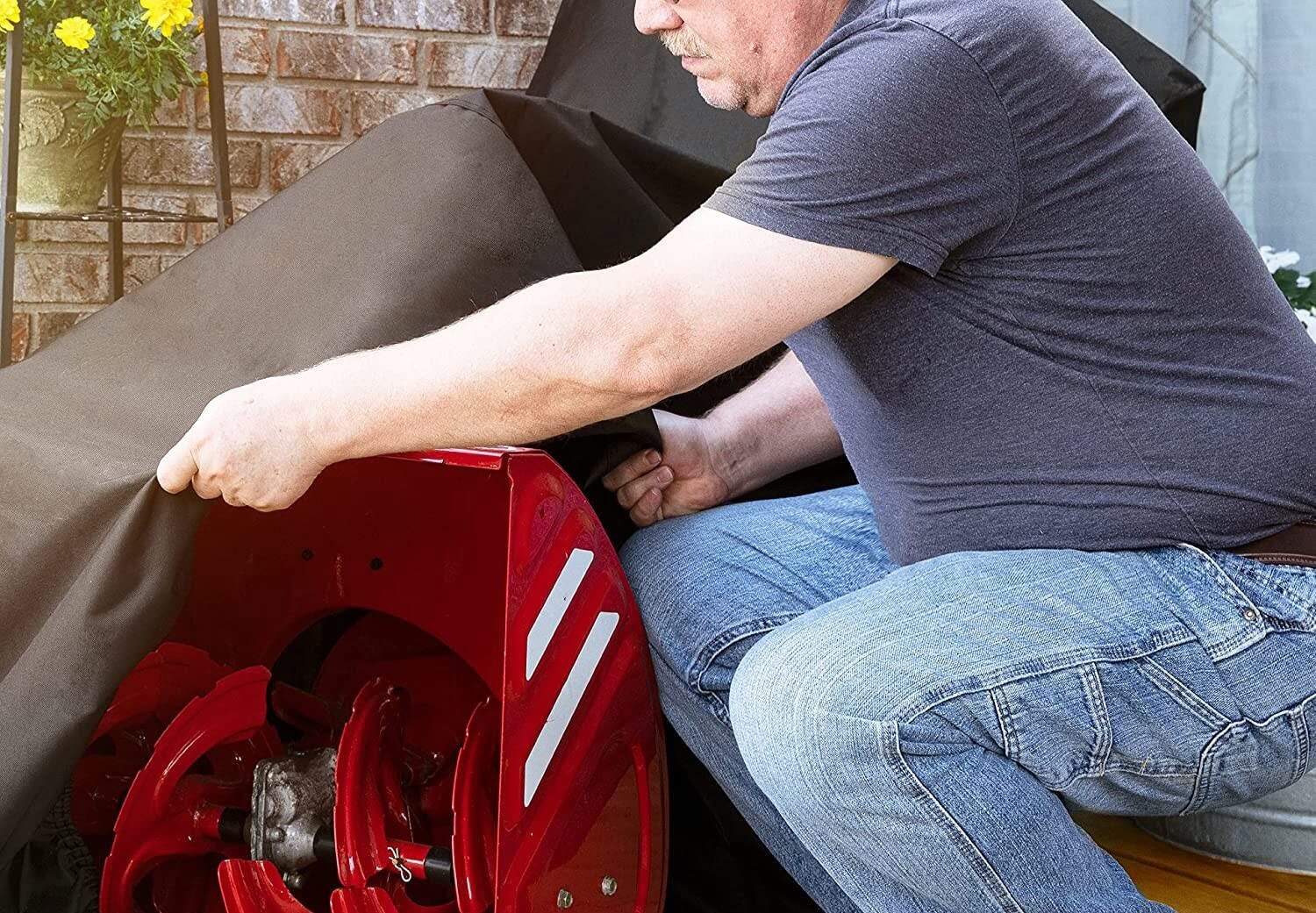
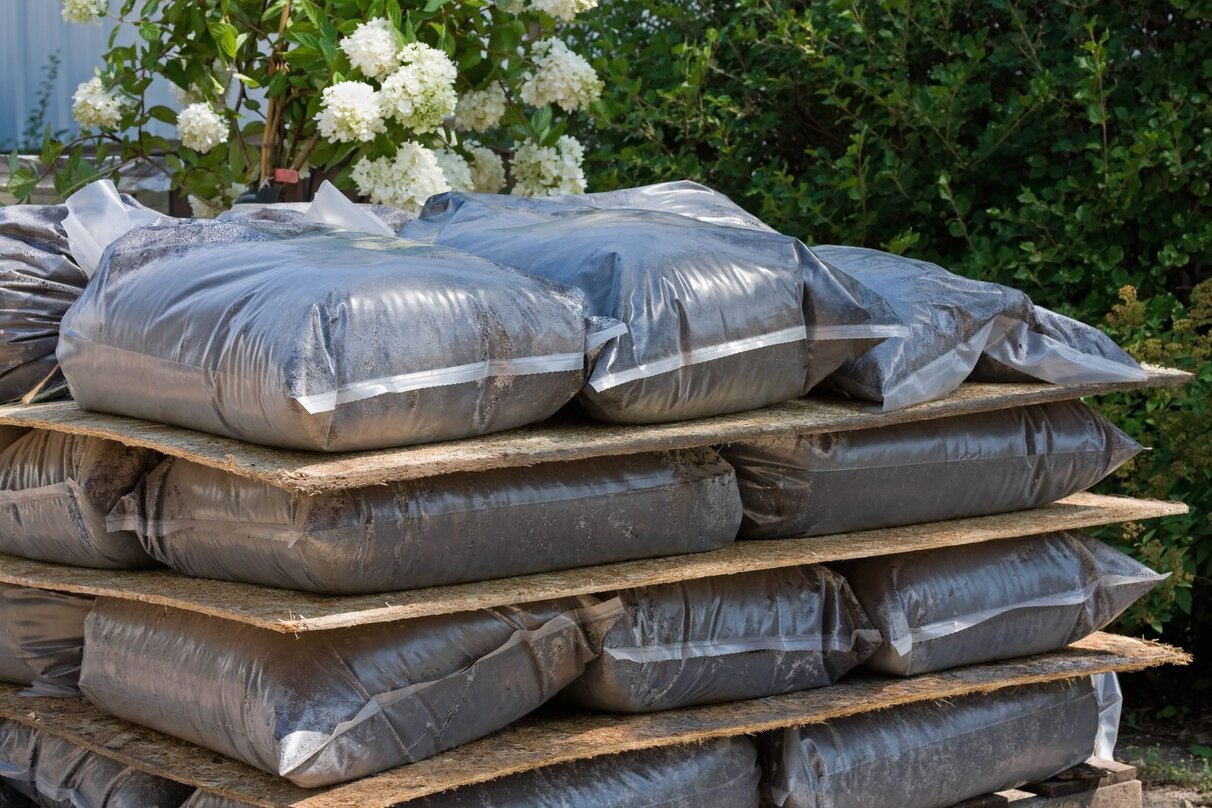
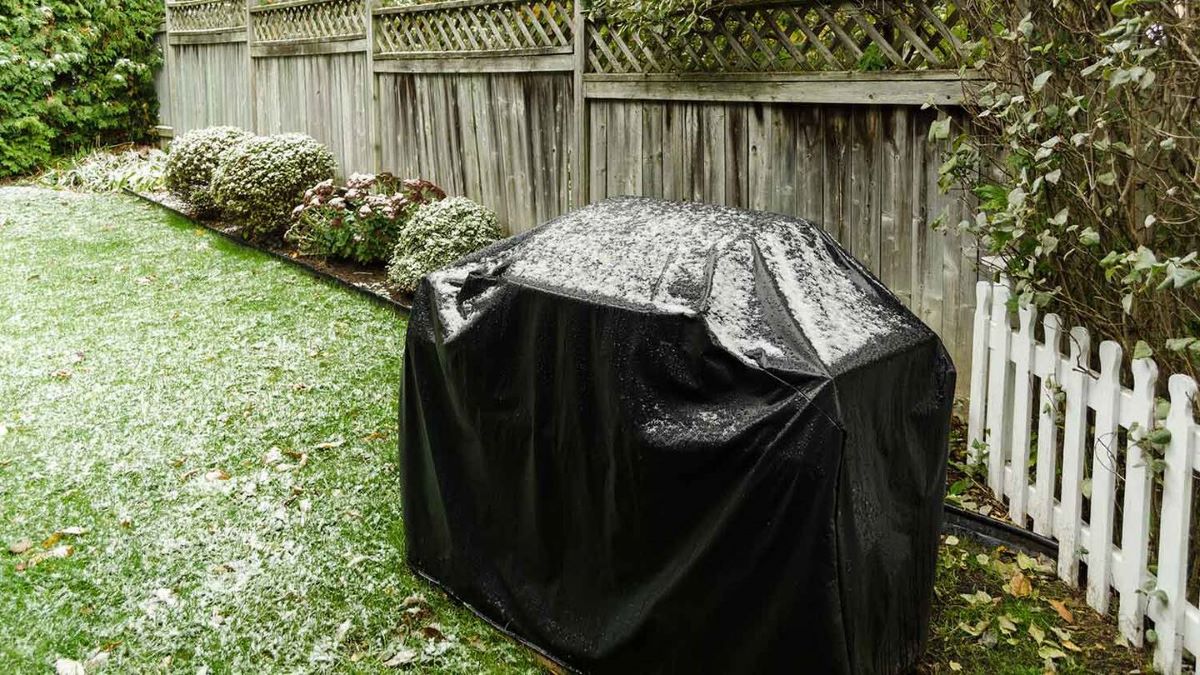
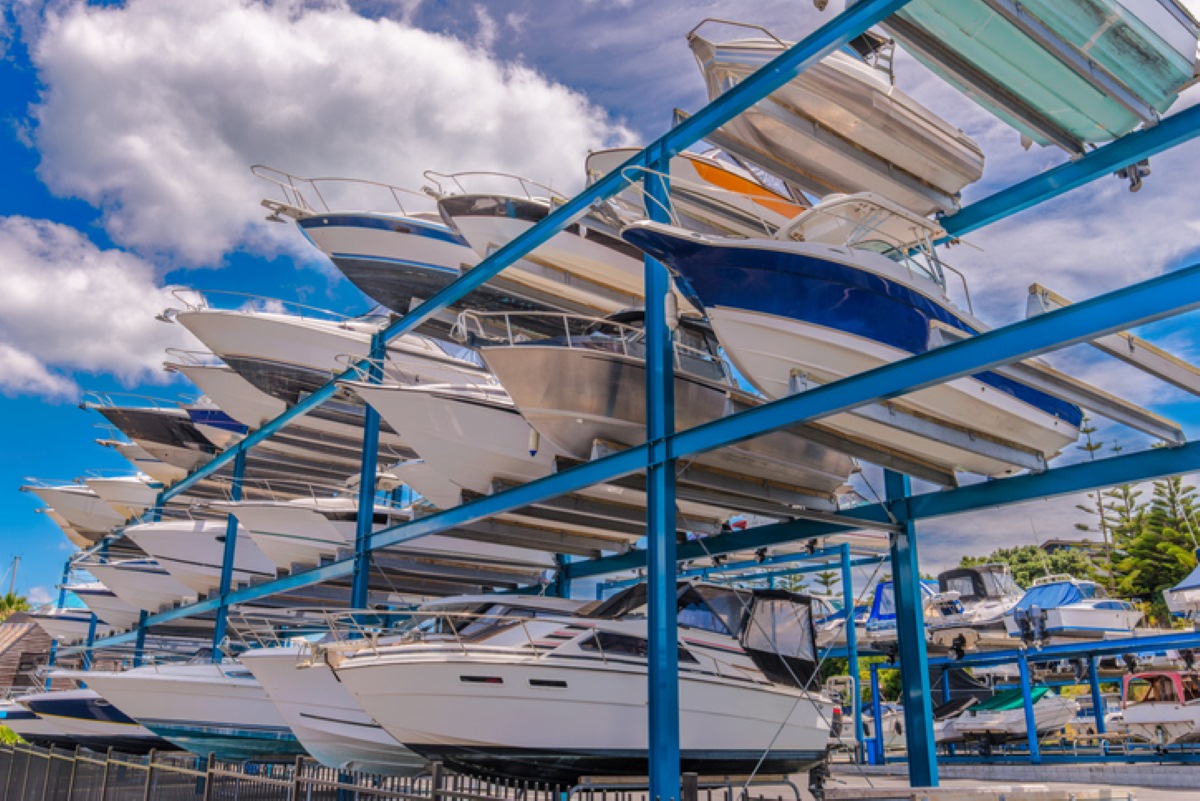
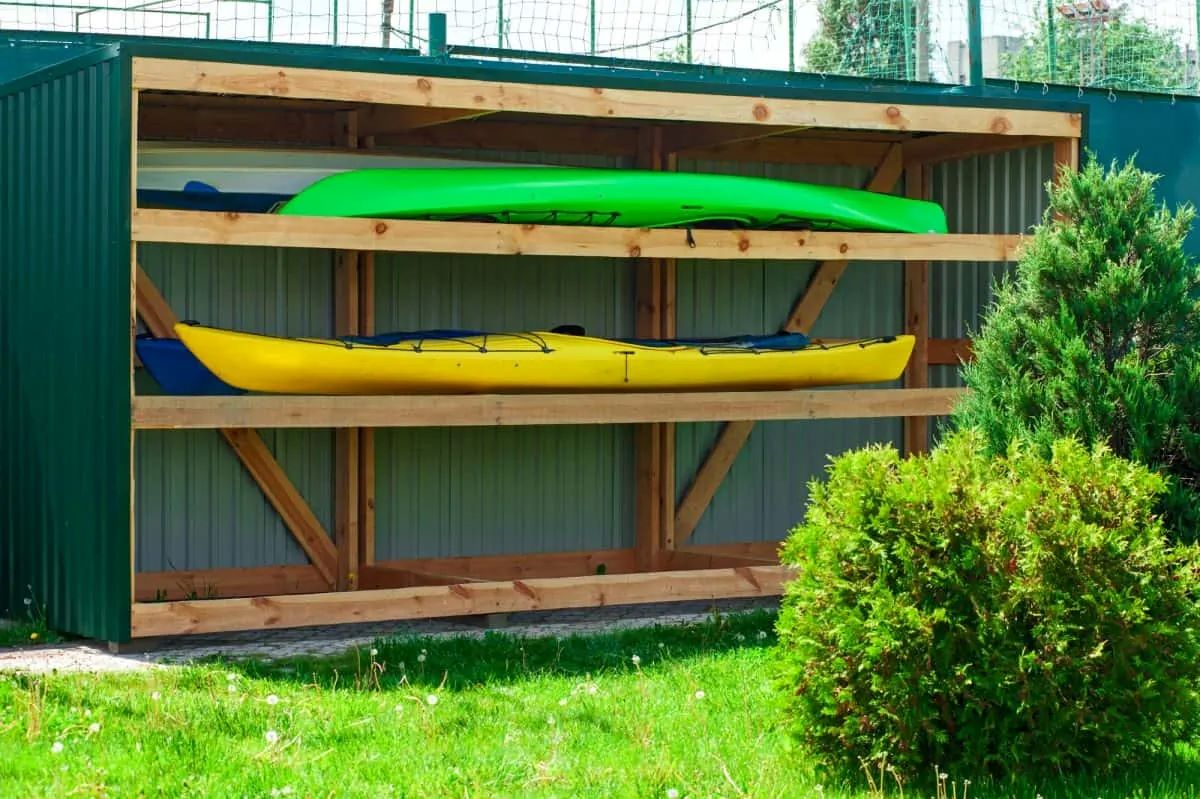
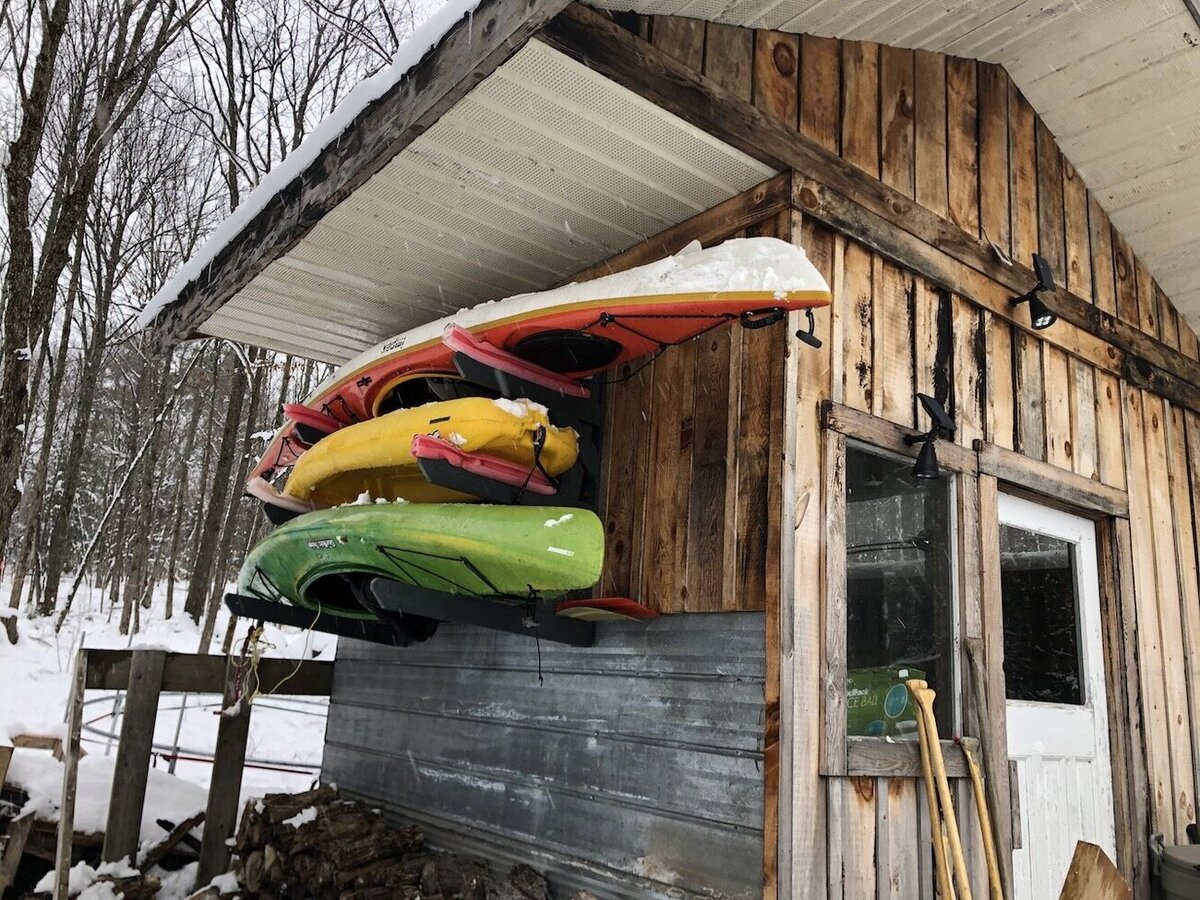
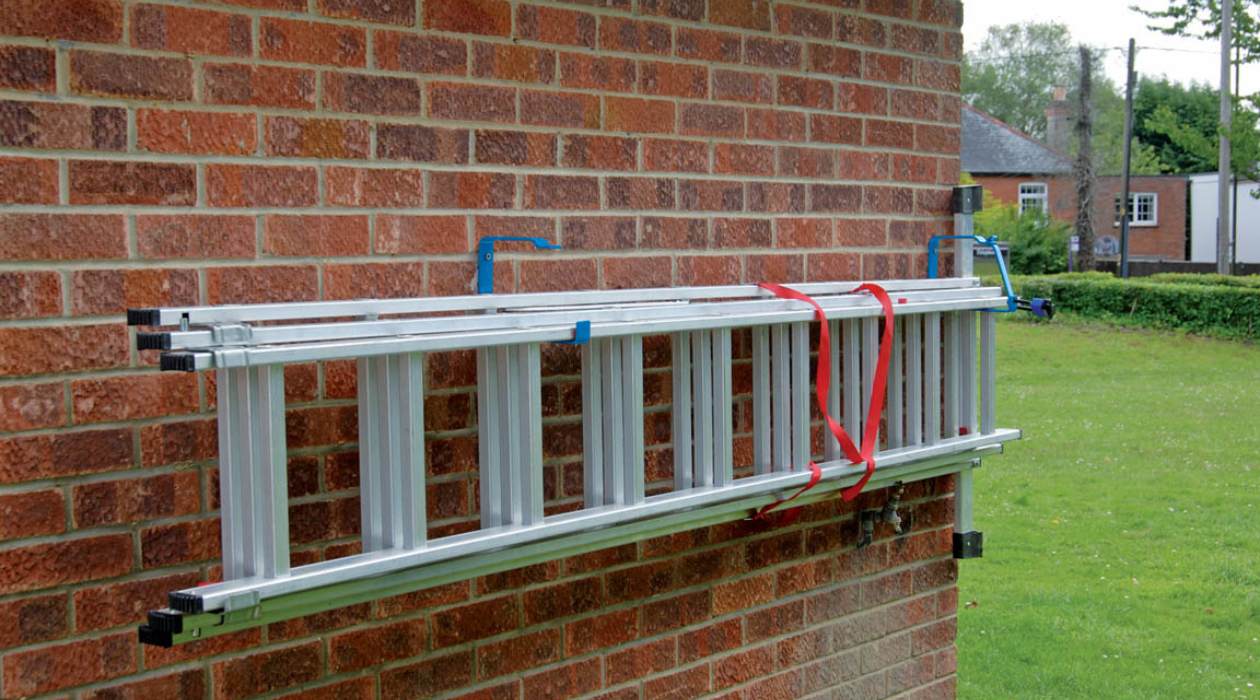
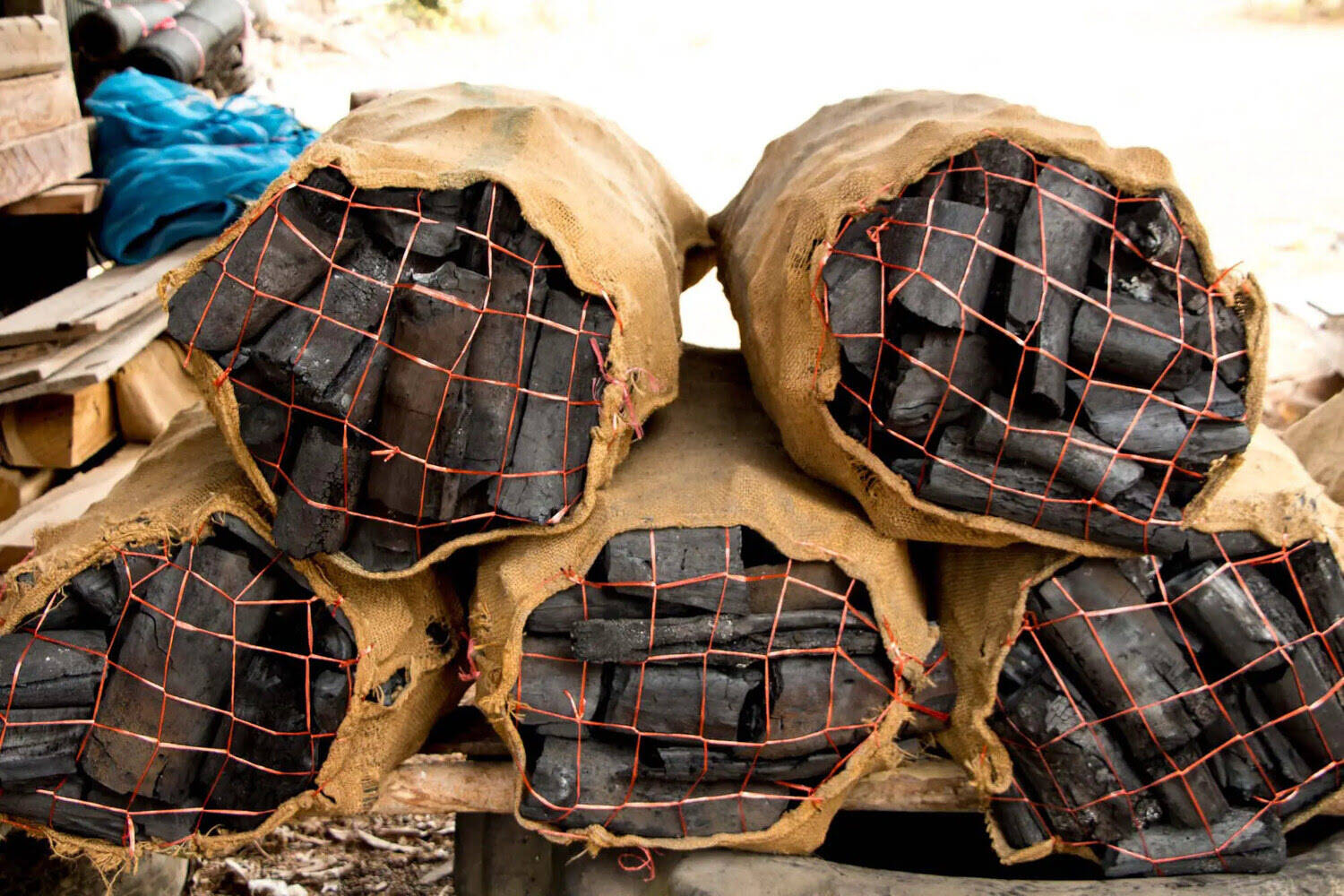
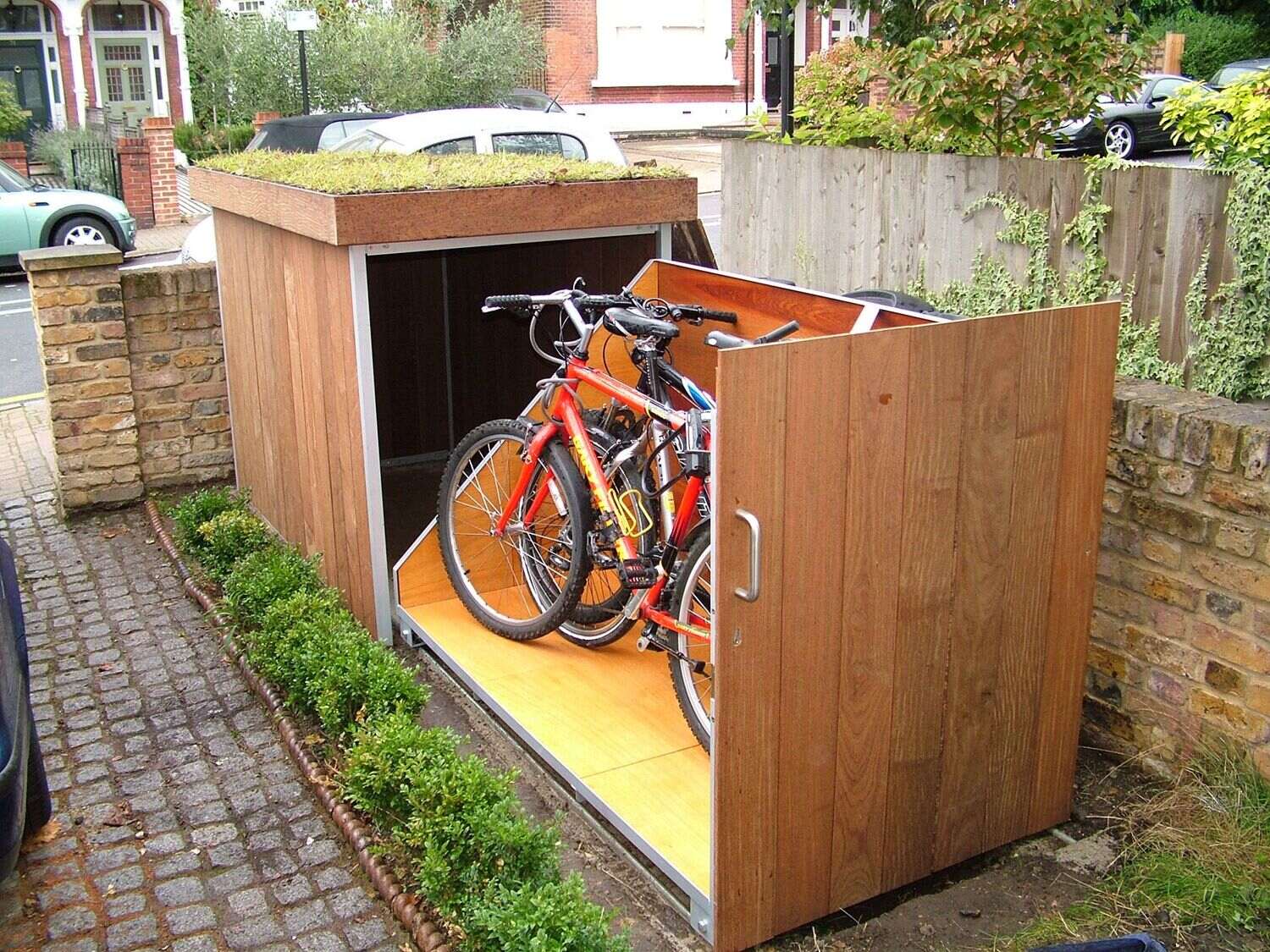
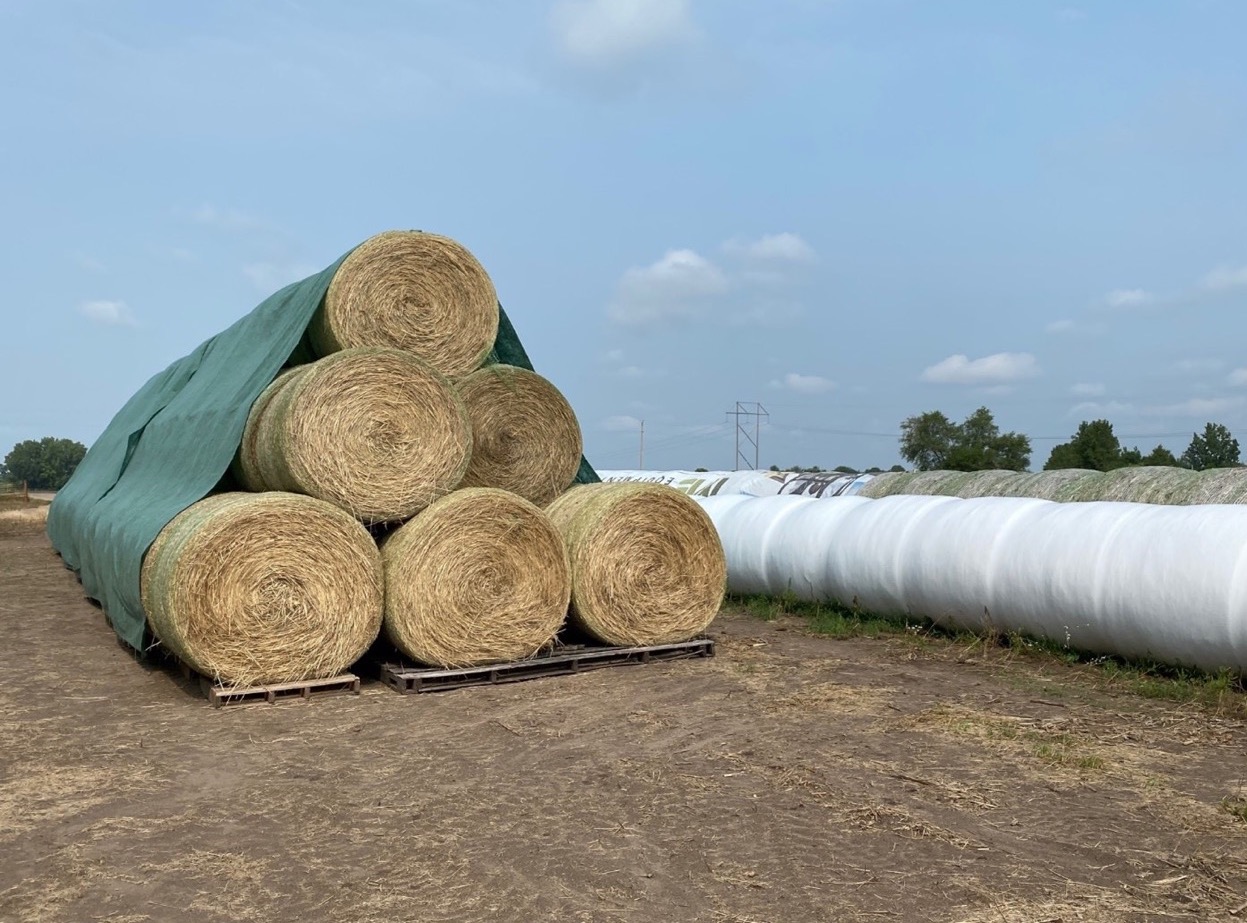
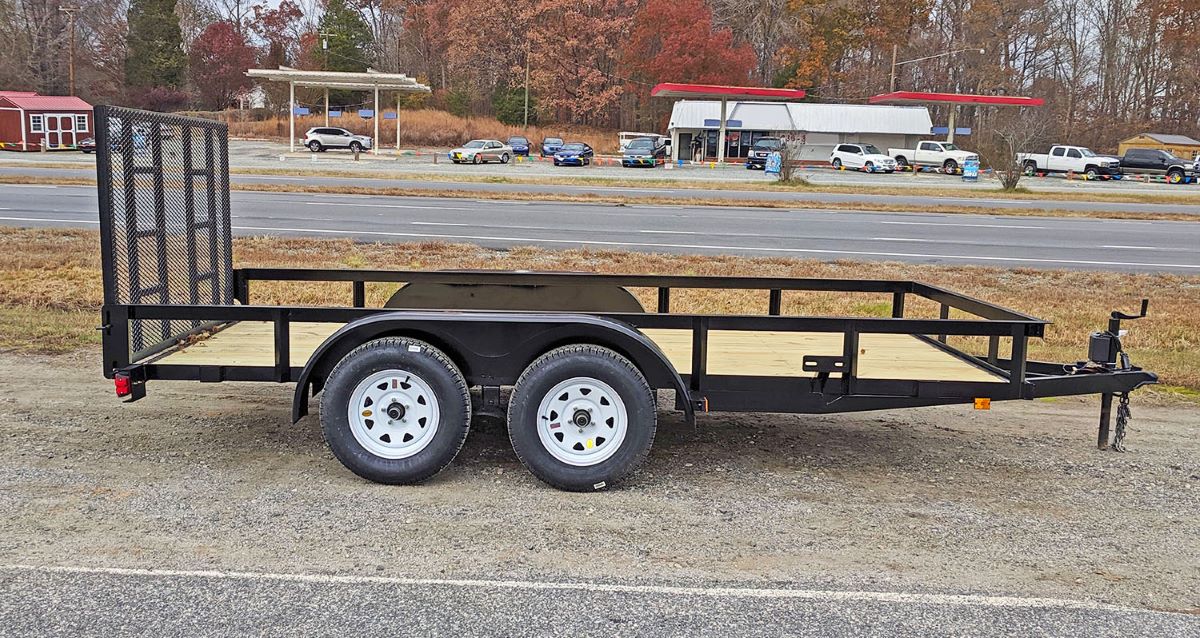
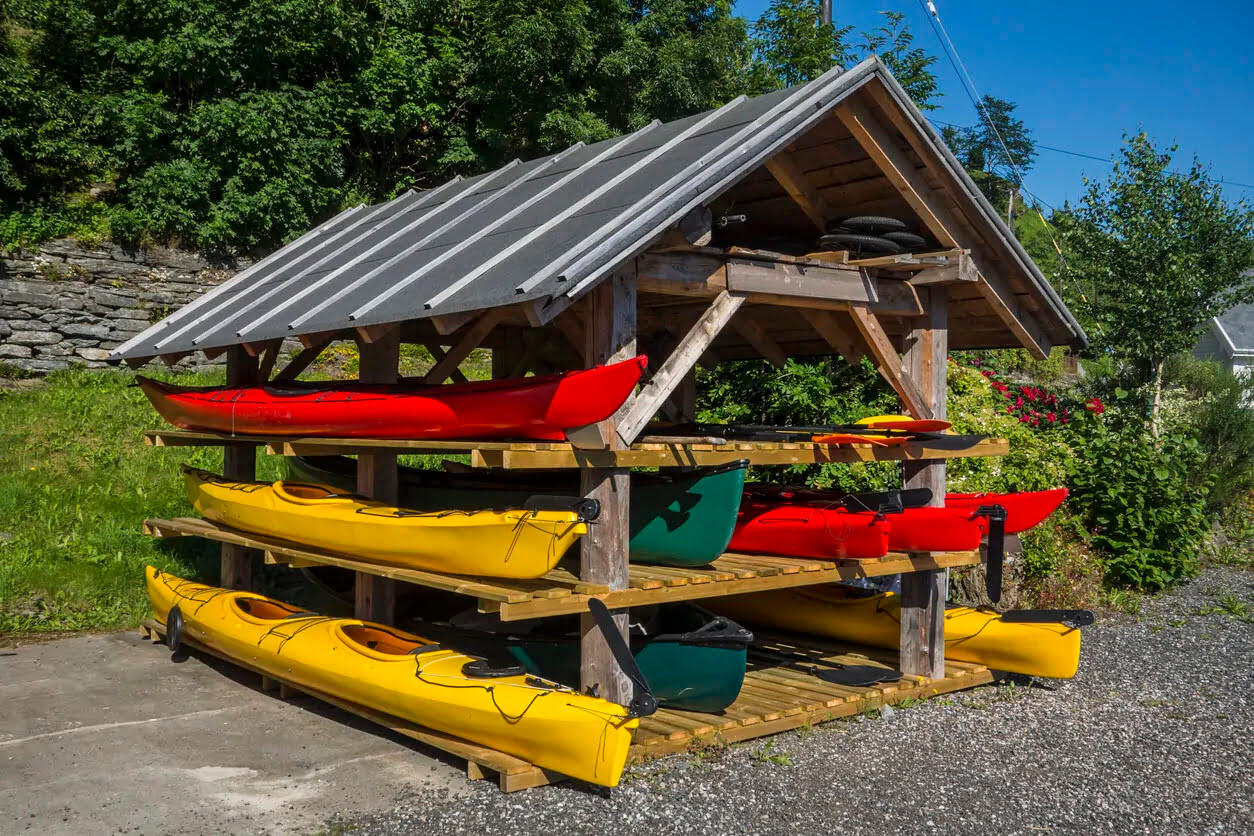
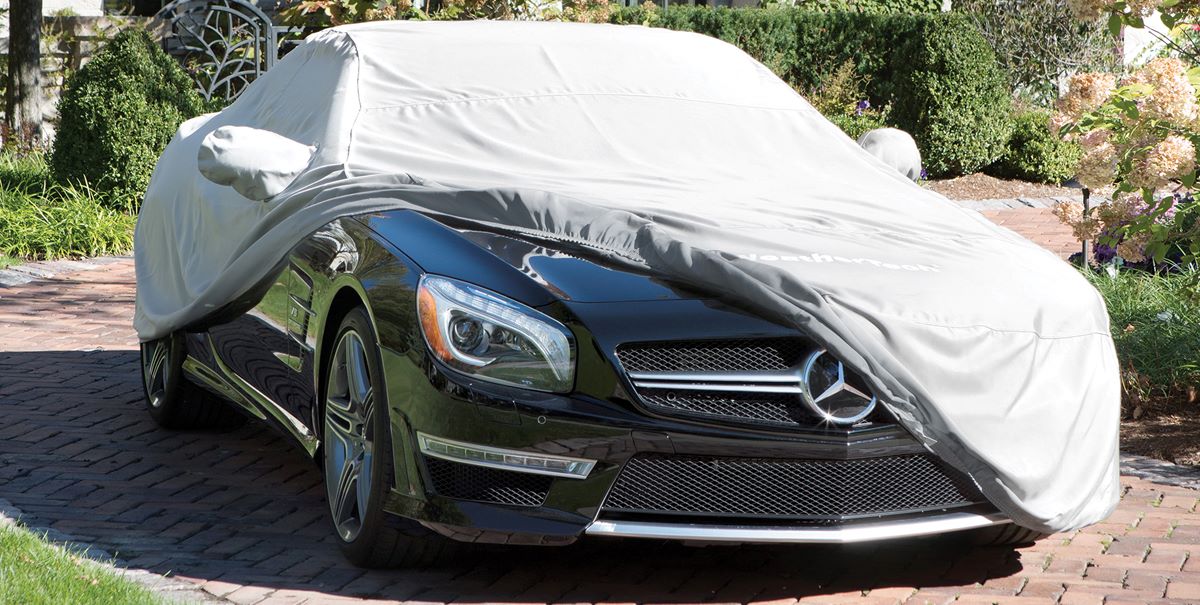

0 thoughts on “How To Store Furniture Outside”